Lucien Immink
Unlocking Seamless Collaboration: Design-First APIs for UI Components
#1about 4 minutes
Overcoming collaboration challenges in UI component development
The typical development process creates delays and context switching when one team consumes components built by another.
#2about 3 minutes
Treating component interfaces as communication contracts
Just as APIs serve as contracts between services, a well-defined component interface can serve as a contract between development teams.
#3about 1 minute
Implementing a design-first approach for UI components
Involve all stakeholders, including providers and consumers, to define a component's API before any implementation work begins.
#4about 3 minutes
Why web components are ideal for framework-agnostic UI
Using framework-agnostic web components prevents upgrade deadlocks and ensures the long-term reusability of your UI library across different technologies.
#5about 1 minute
Understanding the API surface of a web component
A web component's API consists of properties for input, events for output, slots for content placement, and CSS variables for styling.
#6about 3 minutes
Introducing the custom elements manifest standard
The custom elements manifest is a standardized, machine-readable JSON file that describes a web component's API for consumption by various development tools.
#7about 3 minutes
Defining a component's API with a skeleton component
A skeleton component defines the complete API with properties, events, and JSDoc comments, serving as a single source of truth for generating the manifest file.
#8about 3 minutes
Auto-generating interactive documentation and playgrounds
The custom elements manifest enables tools to automatically generate interactive documentation where developers can test properties, styles, and events in a live playground.
#9about 4 minutes
Leveraging automation as a gift for development workflows
A manifest file unlocks powerful automation for linting, testing, generating wrapper components, and providing rich IDE integration with code completion.
#10about 1 minute
Recap of the design-first component development workflow
A summary of using communication contracts, a design-first approach, web components, and the custom elements manifest to achieve seamless collaboration.
Related jobs
Jobs that call for the skills explored in this talk.
Matching moments

00:06 MIN
Bridging the gap between design and development
Boost Productivity with AI: Figma & Playwright MCP Workflows - Aris Markogiannakis

21:19 MIN
Sharing UI components and ensuring design consistency
Independently together: how micro-applications improve developer experience + app performance
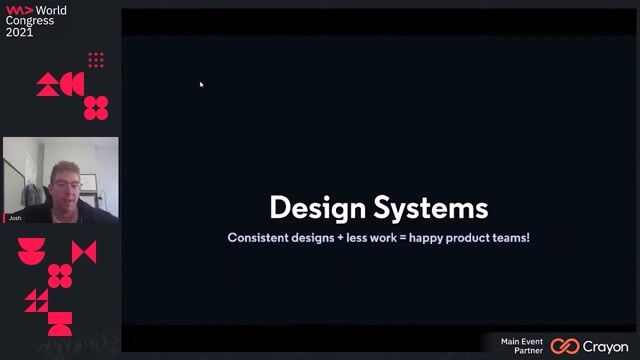
15:48 MIN
Creating a cohesive user experience with design systems
Microfrontends at Scale
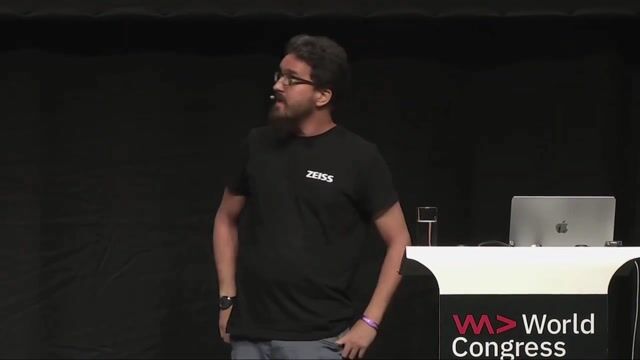
02:09 MIN
Understanding web components and their core technologies
Accessibility with Web Components

27:59 MIN
Understanding the role and value of web components
Keith Cirkle of GitHub on React Fatigue

14:44 MIN
Applying docs-first design to create better APIs
Diving into Developer Experience
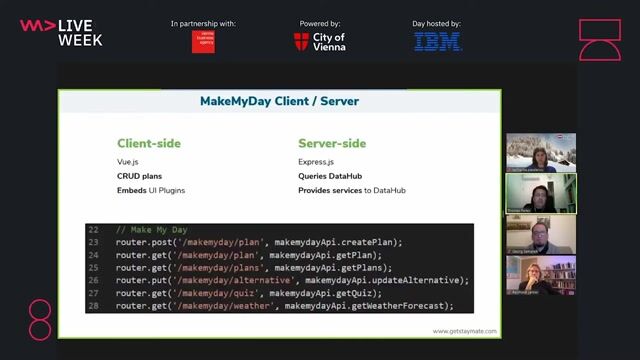
17:14 MIN
Designing APIs for data aggregation and UI plugins
100 million days in Vienna: A story of APIs & AI in tourism.
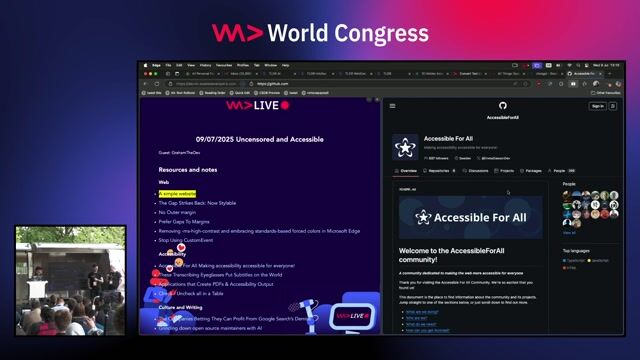
08:10 MIN
Bridging the gap between designers and developers
WeAreDevelopers LIVE - Is Software Ever Truly Accessible?
Featured Partners
Related Videos
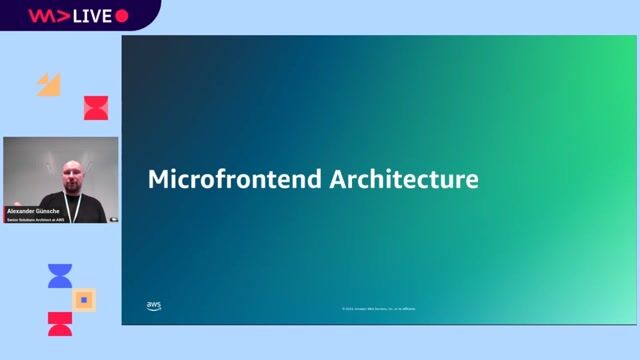 54:39
54:39Interface Contracts in Microfrontend Architectures
Alexander Günsche
 59:03
59:03Multiple Ships to the Island - Micro Frontends & Island Architectures
Florian Rappl
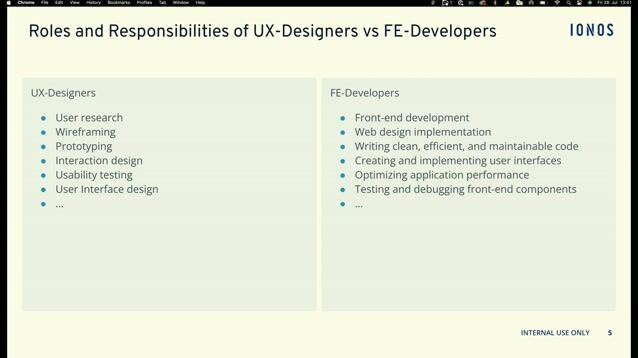 06:16
06:16Bridging the Gap
Philipp Kremer
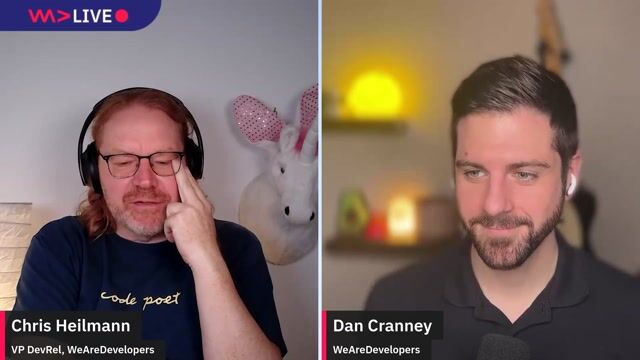 1:06:20
1:06:20WeAreDevelopers LIVE – Frontend Inspirations, Web Standards and more
Chris Heilmann, Daniel Cranney & Jan Deppisch
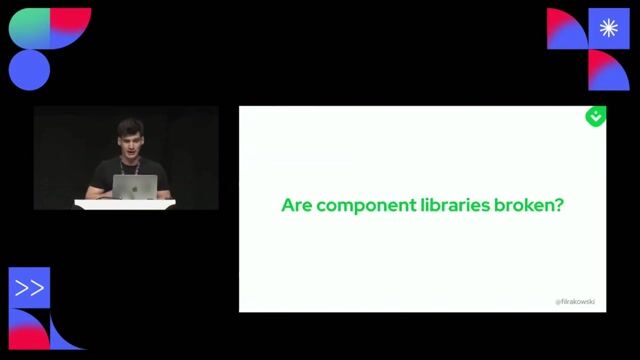 29:44
29:44Building a component library for modern challenges
Filip Rakowski
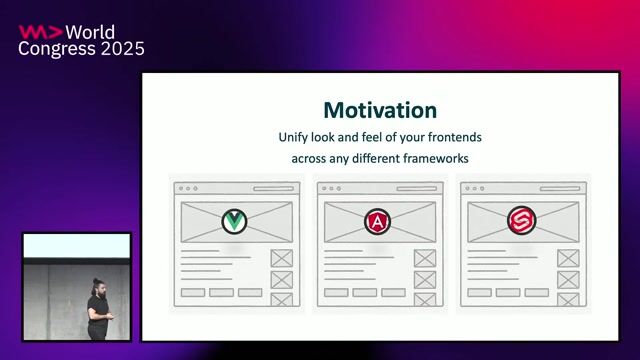 19:46
19:46Building a framework-independent component library
Tobias Scholz
 41:54
41:54Extending HTML with Web Components
Rowdy Rabouw
 25:32
25:32Leveraging Storybook for Component Driven Development outside of your classic Component Library.
Emma Britnor
Related Articles
View all articles
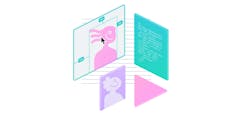


From learning to earning
Jobs that call for the skills explored in this talk.





Front end Developers
Unilink Software
Southampton, United Kingdom
REST
Angular
Microservices
Agile Methodologies


Senior UI and Interaction Designer
TalentXD
Municipality of Madrid, Spain
Remote
Figma
Adobe InDesign
Adobe After Effects

Modern Frontend Developer - Clean Code & UX Thinking
Rocken AG
Rorschach, Switzerland
Remote
CHF95-105K
CSS
JSON
gRPC
+5
